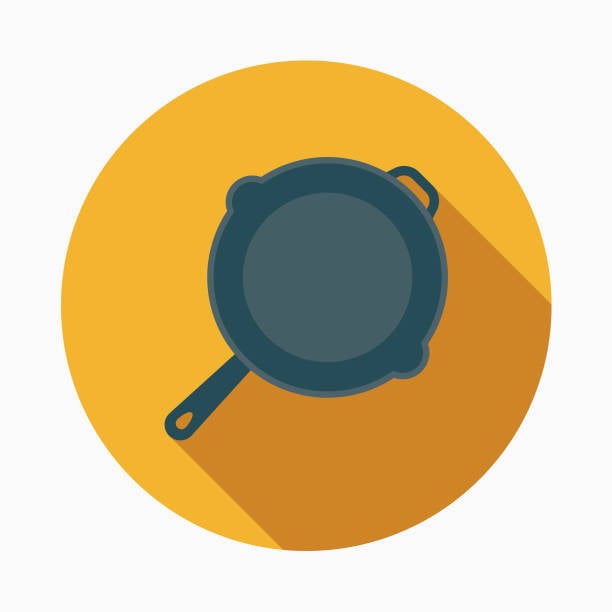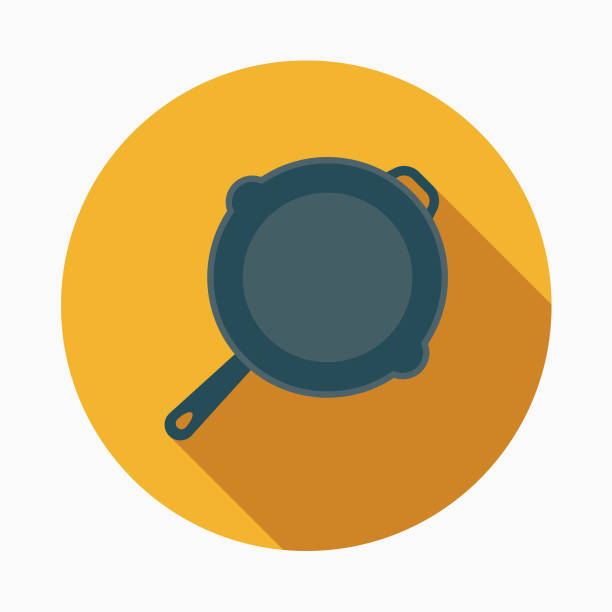Hmm, I wrote out a reply, but seems like it didn’t post. My apologies if you get two versions of kinda the same thing.
If you buy a modern Lodge off the shelf, it will have a pebbly surface. This is from the sand they use to cast the iron when the piece is manufactured. And in the olden days, they used to have a second step of grinding that pebbly surface smooth so it was a better cooking experience brand new. Somewhere in the 60’s, they stopped doing that as a cost saving measure (yay capitalism!)
That being said, your new Lodge skillet will get smooth with time and use. It may take a few months of daily use, or longer if you’re not using it as often. But the seasoning will slowly fill in all those little hills and valleys, and it will smooth out with use. So more expensive manufacturers have added that stone grinding step back in, and they are nicer to work with straight off the shelf. But your Lodge will get there too with time and use.




Hard to say when you’re talking about modern manufacturer’s that are still producing. I’m a hard no for any power tools in restoration of antique pieces, but those are old pieces that are not being made anymore. Any power tool that modifies an antique piece is a bit of history that can’t be replaced.
But for a basic Lodge, if you feel comfortable enough with the tools and want to go for it, there’s probably no real harm there. If you mess it up, you can replace it for not much money.